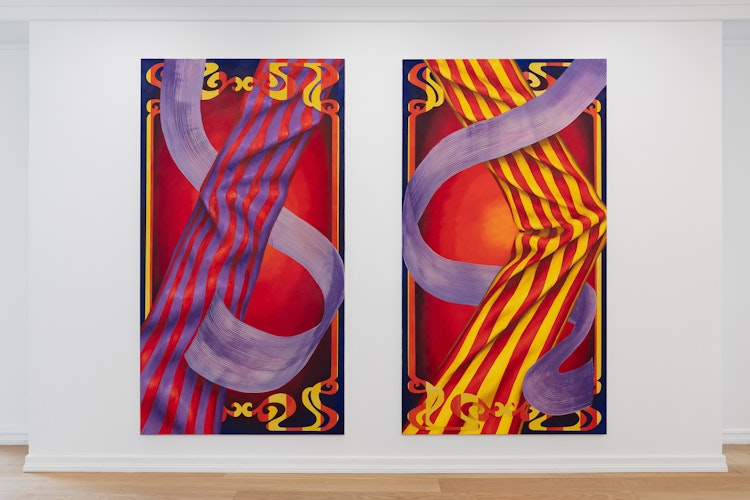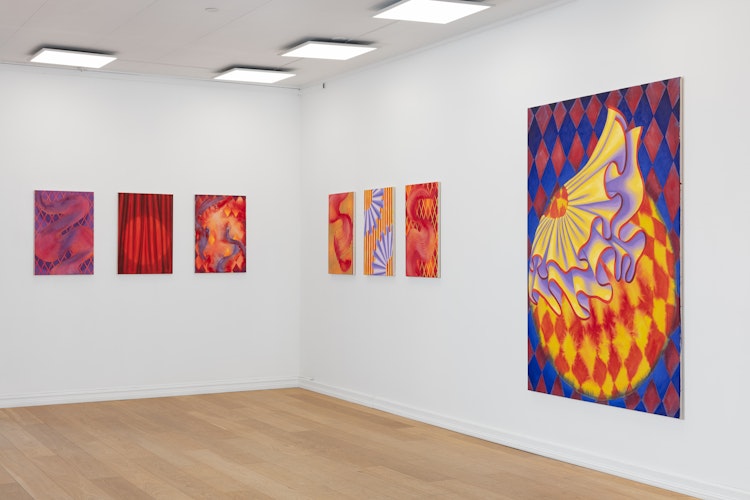HOT CLOWN


The word clown has its origin in Scandinavian dialects (Icelandic klunni, Swedish kluns, Danish klunt). A clumsy person, a lump. Traditionally, the clown’s role has been to perform satire, and like the jester, they have been able to make fun of existing prohibitions and taboos with impunity.
In the two North American ethnic groups Dakota and Lakota, there is a so-called reverse clown called Heyókȟa. He always does the opposite of what is expected in a situation, and questions norms and authorities. The effect of his contradictory behavior is that people around him become more confident of what is expected of them.
I met Love in February this year. We talked about her upcoming project — a project that has sprung from a fascination with clowns and evolved into a circus theme. We discussed the popular form of entertainment that combines magic, mysticism, and humor, where the beautiful often borders on the grotesque. It is an escape into something unreal, but which is also a twisted and absurd version of reality. We talked about the desire to be seen and to disappear —similar to a circus troupe leaving town.
When I was little, I wanted to be a circus performer. My role models were the performers in Cirque du Soleil, a small company called Sirqus Alfon, and my parents’ friends’ performance group Zirkus Lokomotiv. The latter had the motto "Live a Little! ". It punched me straight in the gut.
The comical nature of the clown's often self-deprecating behavior is rooted in the feelings of shame. Shame testifies to an unmet need to belong, which is why it is so painful. To experience someone else's shame, on the other hand, is liberating for many – it reassures us that we are not alone. In my childhood fantasy, I would get to participate. Being a circus performer would be my contribution —my input to the world. That way, I would finally get to do something with my life — I would live a little.
I once traveled to New Orleans during Mardi Gras. I wanted to meet some real freaks, as I said. Pretty soon, however, I realized that the world I had wanted to experience from a distance had become my own. Outside became inside, and I was drawn along by the speed of it. Every evening, I prepared myself for new silly pranks, and every day I had to go around apologizing. I had to clean up the mess I had caused the night before. I became one with the madness I thought I would stay out of. I was embraced by my own and others’ disgust, I became whole.
Sometimes I think of the artist as a joker of our time. The clown and the artist like to become the other, whose deviant behavior strengthens a sense of community among those who are not like them. Like the Heyókȟa, they can expose ridiculous, uncomfortable, or taboo questions — and do what no one else wants or dares to do.
- Evelin Sillén









What are you looking for?